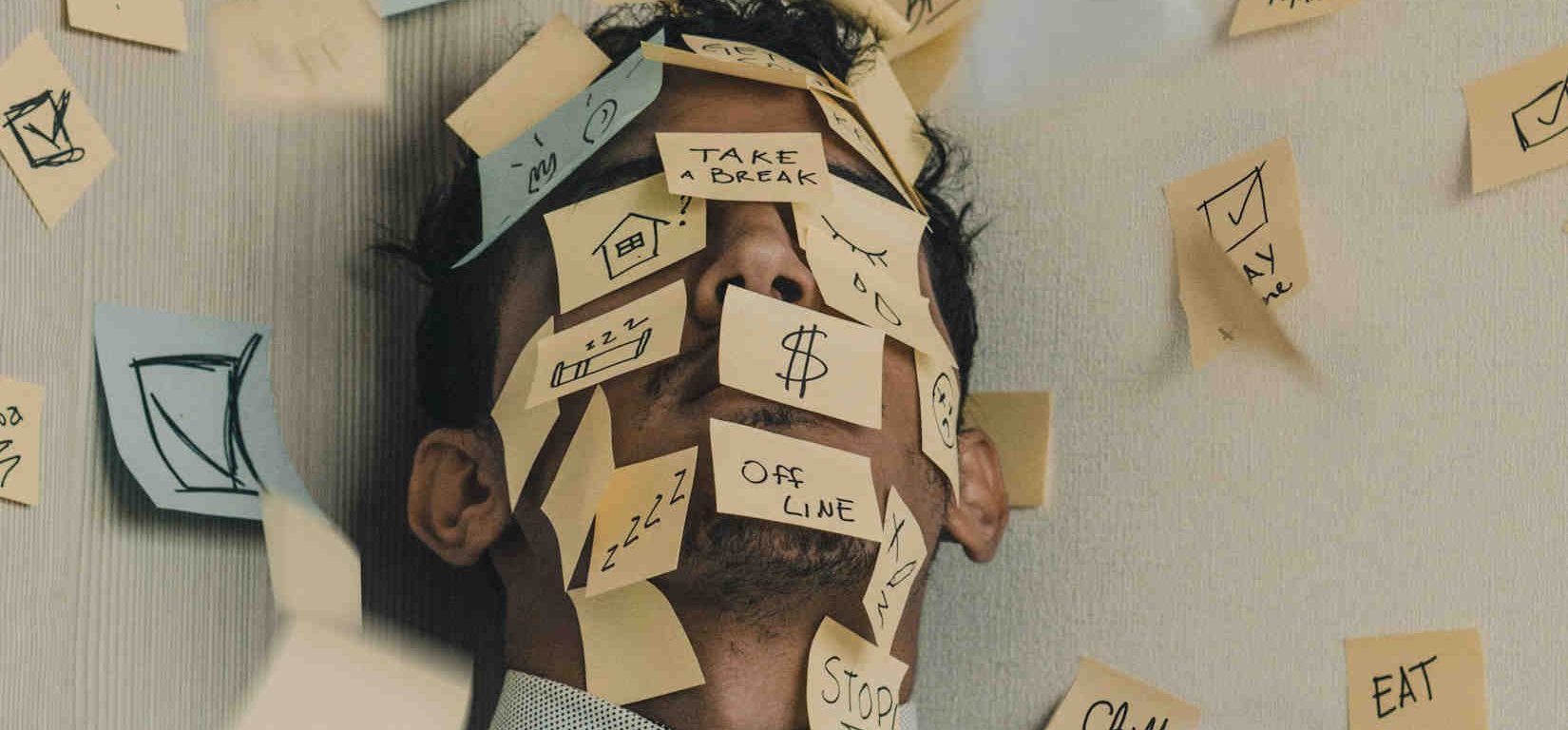You can think of responsibilities as any obligations in your life, the tasks you have to do, commitments you’ve made, the things you are accountable for. Our lives are busier than ever, and we are constantly being pulled in different directions. This is one of the biggest factors that contributes to our self care being abandoned. Time is limited. By understanding what our responsibilities are, we can make a few conscious decisions to get better balance and prioritize our well-being.
Responsibility Continuum
This is an exercise to start to look at what we are actually responsible for. We often over-commit, and somehow also assume we are fully responsible for everything in our lives. This simple exercise has helped me gain a little perspective on which things are truly important and which can sometimes go. It helps you evaluate things. And out of that sometimes you realize you need to ask for help in redistributing some responsibilities. As a result you get better balance, and that also comes with the ability to release those commitments. When you list your responsibilities, look at the whole scope of your life, both personal and professional.
Please note there are other continuums that exist in mental health. This is merely a tool I use to assess my responsibilities, and it provides me a framework to prioritize my self care.
Responsibility Continuum Exercise:
Step 1. Make a list of all of your responsibilities in life. Sometimes it’s hard to get started, so if you need a few days to complete this, that is okay. The scope of your list should include work, home, play, family, friends, colleagues, volunteering, finances, and health. Include anything relevant to your life. If it is easier to do different lists for different spheres of your life, you can do so.
Step 2. Draw a straight line, and divide it into ten (10) sections. Designate the first as 0%. Then each segment afterwards, increase by 10% until you get to 100%.
Step 3. Distribute your responsibilities from the list(s) you made earlier and plot them along the percentage continuum. 90-100% should be anything that is critical to your life, and only you can do it. On the upper end of the spectrum, you can also include the tasks that are important to you. They must be things that you feel you need to complete or are the only one that can. Things that you currently do but are not essential to your life can be on the lower end.
Step 4. Once you have plotted all the responsibilities, anything under 50% should be given a hard look. Can any of them be eliminated altogether? The ones on the lower end of the scale should be easy cast-offs. For the rest, a shift is needed. Can some of them be delegated to someone else? If you still need to be involved, can it be a shared task? And if you still need to keep it, can the frequency be adjusted?
Making Choices
Assessing your responsibilities and reprioritizing them is a big step in making better lifestyle choices. You will be surprised how liberating it can be to eliminate or reassign some of those tasks. At first you can experience fear in even making those decisions, but by putting yourself first and those top responsibilities top-of-mind, the rest can be easier to release. Too many responsibilities can lead to increased stress and even burnout on the extreme end. This exercise can help you find a better balance.
Using the responsibility continuum exercise can give you clarity on whether or not some responsibilities are truly needed in your life, or if you have put too much emphasis on some. Taking time to consider what responsibilities are can also give you a different perspective on how you approach situations. If everything seems critical, you are most likely overwhelmed. Breaking things down into what is essential, what should have less of an impact, and what is not needed can make a big difference in day-to-day stress management.
Putting it into practice
If you are a single parent, only you can be responsible for the kids. But if there are two of you, what parts of the kids’ lives are your responsibility? Do the exercise with your partner to see how you can split up the work. Is there a carpool option to split the school drop-off and pick-up? Can the house chores be redistributed to all the members of the family? Many hands means easy work, and depending on how your family is comprised, it makes sense to review who can take care of what.
In the workplace it may be more difficult to make changes. But don’t be afraid that if you see a solution for improvement, mention it to your leader. Sometimes, they too have too much on their plate, and if someone finds an easier way of doing things, they often appreciate the innovation.
Another key piece of this exercise is to also look at your self care goals. By reframing these into responsibilities for yourself, you can feel less guilty about prioritizing them. Make sure to include at least one from each self care pillar: rest, nutrition, exercise, and connection. Additionally, by consciously making a decision on what your life responsibilities are, you are also making yourself accountable in reaching your goals, and meeting your daily self care needs.
What are your top responsibilities?
When you prioritize your self care within life’s obligations, you are setting yourself up for success. You learn to say ‘No’ more often, and focus on the things that re-energize you. Partaking in the responsibilities continuum exercise can flag for you right away if you have too much to do, and helps you assess how to move forward. By reviewing regularly, you can stay on top of things a little better. It doesn’t mean that when life gets busy we don’t drop our routine, it just means that we know better, and we can get back up and try again. Once you start recognizing the level of importance of some responsibilities, we also feel more empowered to make changes. It gives us the space to put boundaries in place, and to speak up when we need help.
IMAGE CREDIT: Unsplash | Luis Villasmil.

